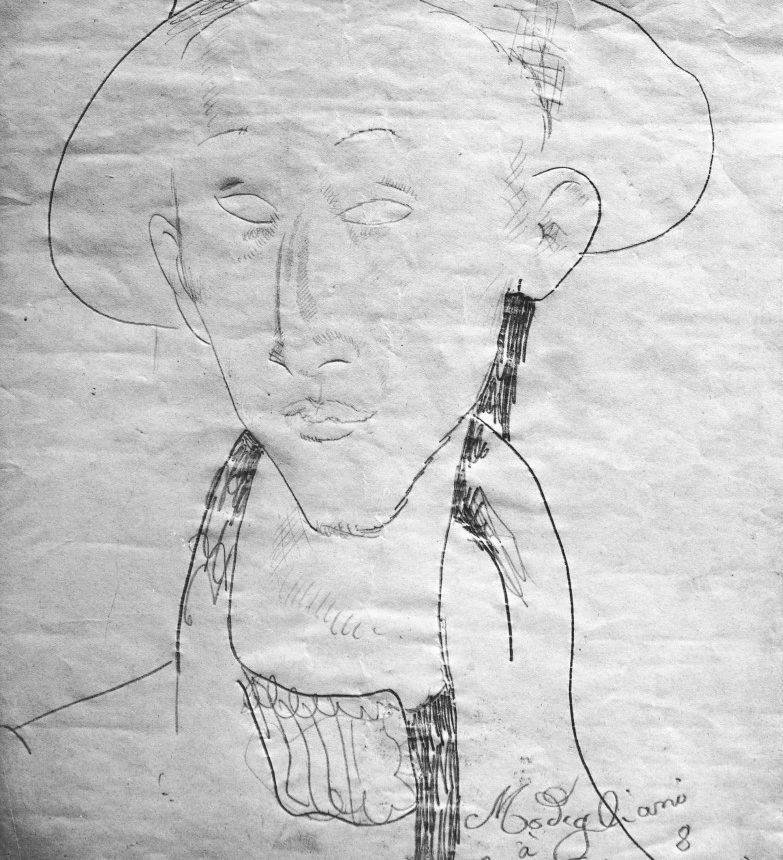Willy EISENSCHITZ
Январь 2, 2019Istvan FARKAS
Январь 2, 2019Анри Эпштейн
ЛОДЗЬ (ПОЛЬША) 1891 – ДЕПОРТИРОВАН В ОСВЕНЦИМ В 1944 Г.
Анри Эпштейн потерял своего отца, книготорговца, в возрасте 3 лет. Его воспитывала мать, которая поддер- живала рано проявившийся интерес сына к живописи. Анри учился в школе рисунка Якова Каценбогена в Лодзи, затем поступил в Академию изобразительных искусств Мюнхена, где проучился до 19 лет. В 1912 году впервые посетил Париж. Служил в польской армии. В 1913-1938 годах жил в Улье. Посещал академию Гранд-Шомьер. Вначале интересовался фовизмом, затем перешел к импрессионистской манере.
В 1921 году сде- лал иллюстрации к «Скитаниям» Гюстава Кокио (изда- тельство Ollendorff) и «Королям Подполья» Пьера Бонарди (издательство André Delpeuch). Эпштейн, пред- положительно, работал для первого журнала еврейского искусства Makhmadim, появившемся в Улье. Писал статьи на идише в журнале La Renaissance. Эпштейн купил ферму около Эпернона, в которой обустроил свою мастерскую. Там он скрывался во время оккупации.
23 февраля 1944 года он был аресто- ван в Эперноне тремя агентами геста- по. Все усилия его жены (дочери художника Жоржа Дориньяка) и его друзей не увенчались успехом. 24 фев- раля 1944 года он был интернирован в Дранси, 7 марта 1944 года депортиро- ван эшелоном №69. Убит в Освенциме.
Stories of Jewish Artists of the School of Paris 1905-1939
FRENCH-ENGLISH
Capitale des arts, le Paris des années 1905-1939 attire les artistes du monde entier. De cette période de foisonnement, un terme est resté, celui d'Ecole de Paris, qui recouvre une grande diversité d'expression artistique. Dans ce brassage dont Montparnasse est le creuset, un groupe se distingue : celui des artistes juifs venus de Russie, de Pologne et d'Europe centrale. Si leurs styles sont variés, un destin commun les rassemble : ils fuient l'antisémitisme de leur pays d'origine. Certains ont connu la célébrité dès les années 1920, tels Soutine, Lipchitz ou Chagall. D'autres n'ont pas eu le temps ou la chance d'y accéder. Près de la moitié a péri dans les camps de concentration nazis.
From 1905 to 1939, Paris attracted artists from all over the globe as the capital of the art world. This period of artistic proliferation became known as the School of Paris, and includes a great diversity of artistic expression. Within the teeming art world centred on Montparnasse, one group set itself apart: Jewish artists from Russia, Poland, and Central Europe. Although their styles were diverse, they shared the common fate of fleeing anti-Semitic persecutions in their home countries. Some became famous in the 1920s, such as Soutine, Lipchitz, and Chagall, while others did not have the time or the luck to gain renown. Nearly half of these artists died in Nazi concentration camps.





